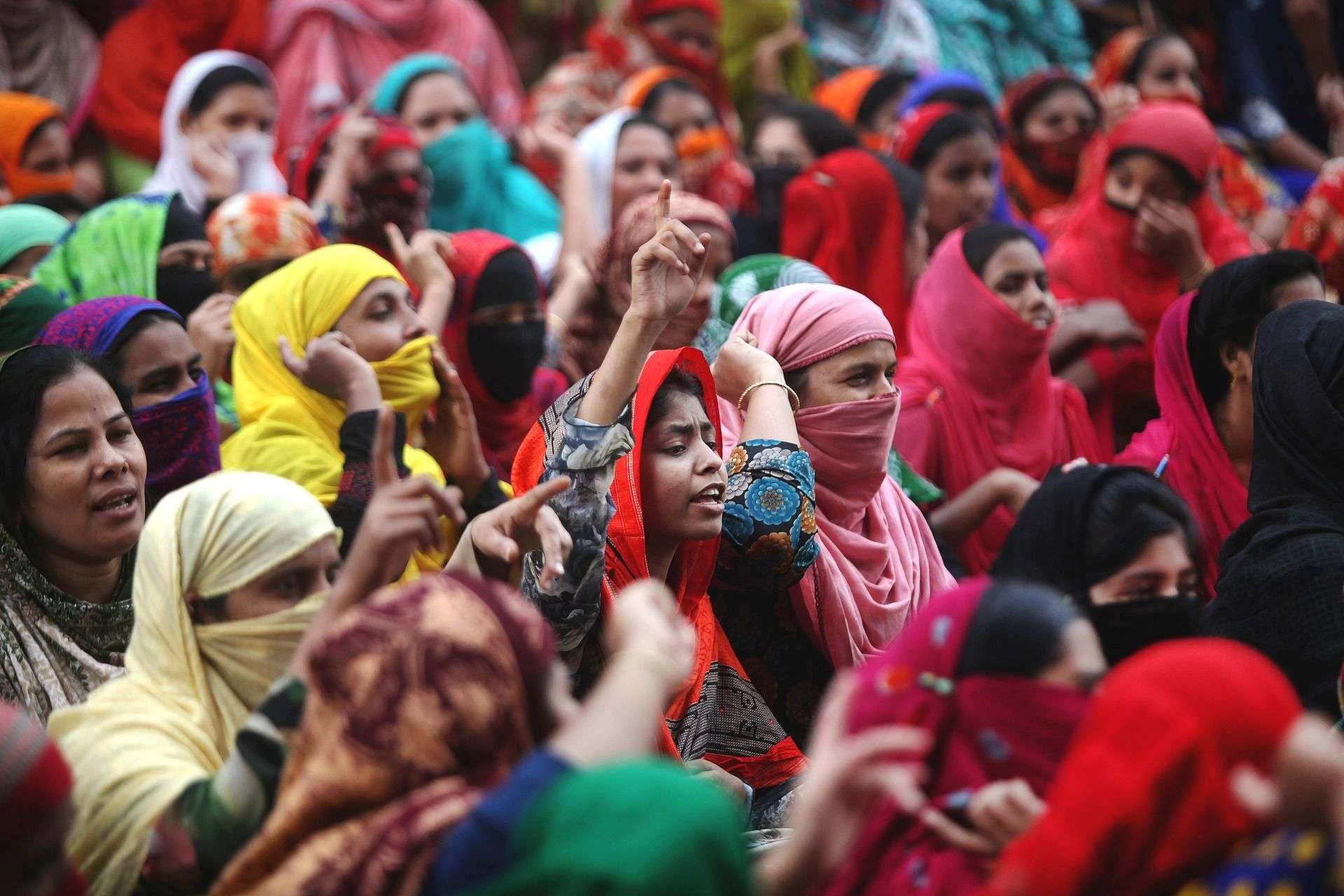The coronavirus pandemic has made the citizens of many countries resort to working from home or studying from home. In this regard, the digital divide of the world became all the more apparent. By 2019, 2.3 billion people were using the internet in the Asia Pacific, more than the rest of the world put together, and the region was shaping the development of technologies from digital payments to artificial intelligence.
However, the speed at which the coronavirus forced people and companies to resort to digital technologies for service provision, highlighted the inefficiencies that were present in poor infrastructure development, cloud computing facilities, and other skills that the companies and employees in Asia did simply did not possess. Similarly, the impact of the virus has made gaps in internet access and online opportunity starker, threatening Asia\’s future technology leaders.
Despite unprecedented success over the last decade, the digital economy of the country remains profoundly fragmented along demographic, regional, and gender lines. More than 2 billion people in Asia are still not connected at all — including the GSMA network operator group reports that 207 million women in South Asia alone do not own cell phones.
For those who are online, economic opportunity is not equally available: in Southeast Asia, research from Google, Bain, and Temasek found that seven big cities make up more than half the digital economy despite having just 15% of the population. And it is not a problem limited to developing economies — in Japan, almost 60% of small or medium-sized businesses do not yet have a presence online, according to IPSOS research prepared for Google.
This digital demand will leave those that do not have access to the internet to fall greatly behind those who do. Families that are reluctant to access the Internet would be refused programs that are gradually being provided electronically. Small companies that are reluctant to transact electronically would be less successful. Job applicants without the capacity to use technology would be disqualified from jobs.
To counter this danger and set up Asia for the post-COVID-19 decade, policymakers and the technology industry must work together on a new strategy to render the region\’s Internet more available and its digital economy more inclusive.
Investment in broadband networks and affordable phones and the internet can help get more users online — but these measures alone are not enough.
First, all Asian policymakers should make digital inclusion key to their recovery and job growth strategies, connect it to economic development, and put the same focus on investment in technology, education, and health.
Second, under these larger strategies, they must create public-private coalitions to develop digital awareness and expertise, concentrating first on having small companies utilize the Web and extending to all levels of schooling and training.
Third, if there are intractable internet connectivity shortages that need extra consideration, more tailored interventions can be placed in motion to rebalance the scales. The Asia Foundation – with funding from ASEAN and Google.org – is initiating an initiative for community groups to implement digital literacy training for disadvantaged ethnic populations, female business owners, underemployed young people.
Finally, backing Asian talent to advance technology itself in more equitable ways, through research, investment and training in areas where the region already has natural strengths should be focused on, to ensure South Asia’s digital divide does not leave it in the dust.






